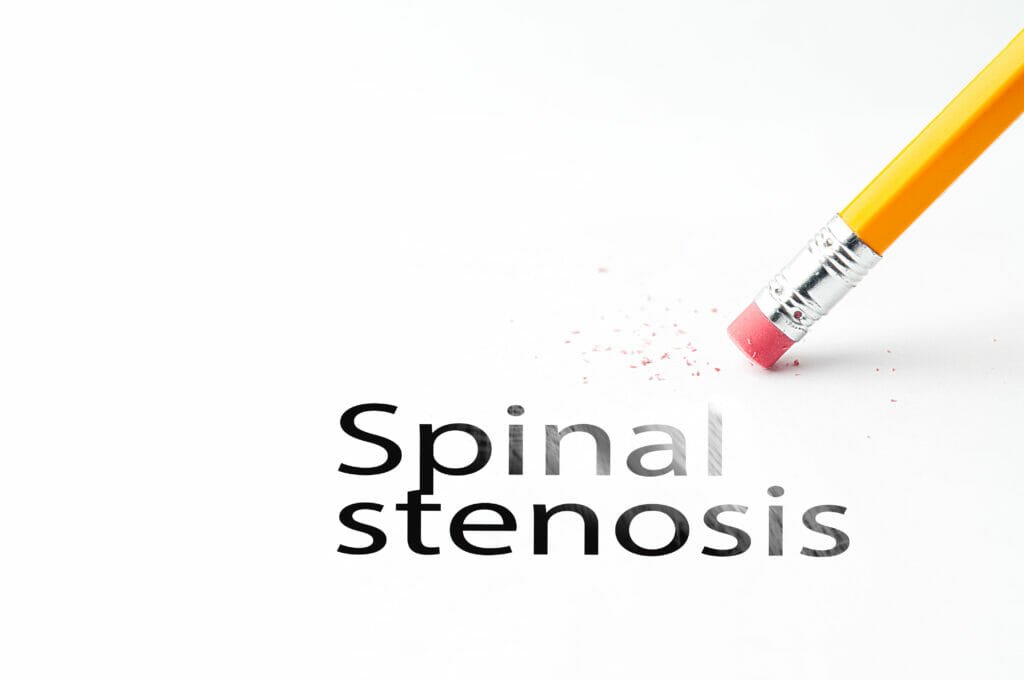Spinal Stenosis: Causes, Symptoms, & Prevention

Spinal Stenosis
Spinal Stenosis is a condition that occurs due to the narrowing down of the spinal canal. Our spinal cord passes through the spine, within a bone channel. So when the bone channel abnormally narrows down, all the nerves of the nervous system passing in and out through the vertebrae get compressed. Spinal Stenosis causes symptoms like weakness, radiating pain and/or numbness. There two types depending on the area of the spinal cord affected.
- Lumbar Spinal Stenosis
In this type, the lower back of the spinal cord is affected and is the most common type of Spinal Stenosis. This results in the compression of the nerves in the lower back. Symptoms of this condition include numbness and weakness radiating from the lower back bone, Sciatica or tingling sensations in the affected part especially while walking or climbing. It mostly occurs as an indication of aging, when your body starts getting degenerative. Onset of Lumbar Spinal Stenosis is indicated by pain in the legs while walking.
- Cervical Spinal Stenosis
This type of Stenosis affects the neck and causes severe symptoms like neck pain and paralysis. This is a less common condition but when it occurs, it is quite debilitating. Treatment in this case is more invasive like surgery.
- Thoracic Spinal Stenosis
Spinal Stenosis occurring between upper and middle spine is called Thoracic Stenosis. The area of the spine connected to the rib cage is the thoracic part of the spine. A narrowing of the spinal canal in the middle of the back is known as thoracic spinal stenosis. This degenerative spine condition can involve any of the 12 thoracic vertebrae, which are numbered T1 to T12.
Causes of Spinal Stenosis is Not Within Our Control
Some of the factors that lead to this degenerative disease are discussed below:
Ageing – The most common reason for Spinal Stenosis. As you age, the ligaments that exist in the joints of the body start to deteriorate and have growth bursts that compress nerves.
Heredity – If the spinal cord canal is too narrow at birth then its symptoms may start showing up at a young age due to heredity.
Trauma – In case of accidents or trauma injuries to the spine, the spinal cord and the adjoining nerves may compress due to fracture fragments piercing the spine.
Abnormal tumors of the spine and spondylosis may also cause Spinal Stenosis.
A Very Treatable Degenerative Disease
Stenosis of the spine can be diagnosed by MRI scan, CT scan or a Myelogram. The main aim of treatment is to relieve the pressure formed on the nerves and this can be done in various ways:
Non-Surgical treatments: Activities like cycling are highly recommended. Relief from pain is gained by adopting corrective postures. Leaning forward, by flexing your spine, allows you to walk painlessly. Also lying down with knees drawn up to your chest too helps to gain instant relief. Sometimes inflammatory swelling of spinal cord may too cause the undesirable pressure. This can be avoided by taking anti-inflammatory, non-steroidal pain killers like aspirin or ibuprofen.
Surgery: Surgery can be opted for as a last relief. Minimally invasive surgeries like interspinous spacers help to achieve decompression for moderate to severe pain. For severely painful conditions, back surgery like Decompression or Spinal fusion is required. If nothing works your doctor might suggest the Targeted Drug Delivery method for severe and chronic Spinal Stenosis.

